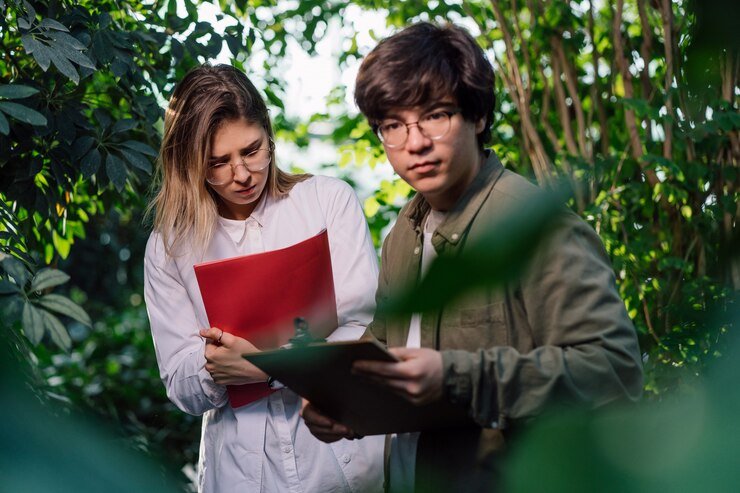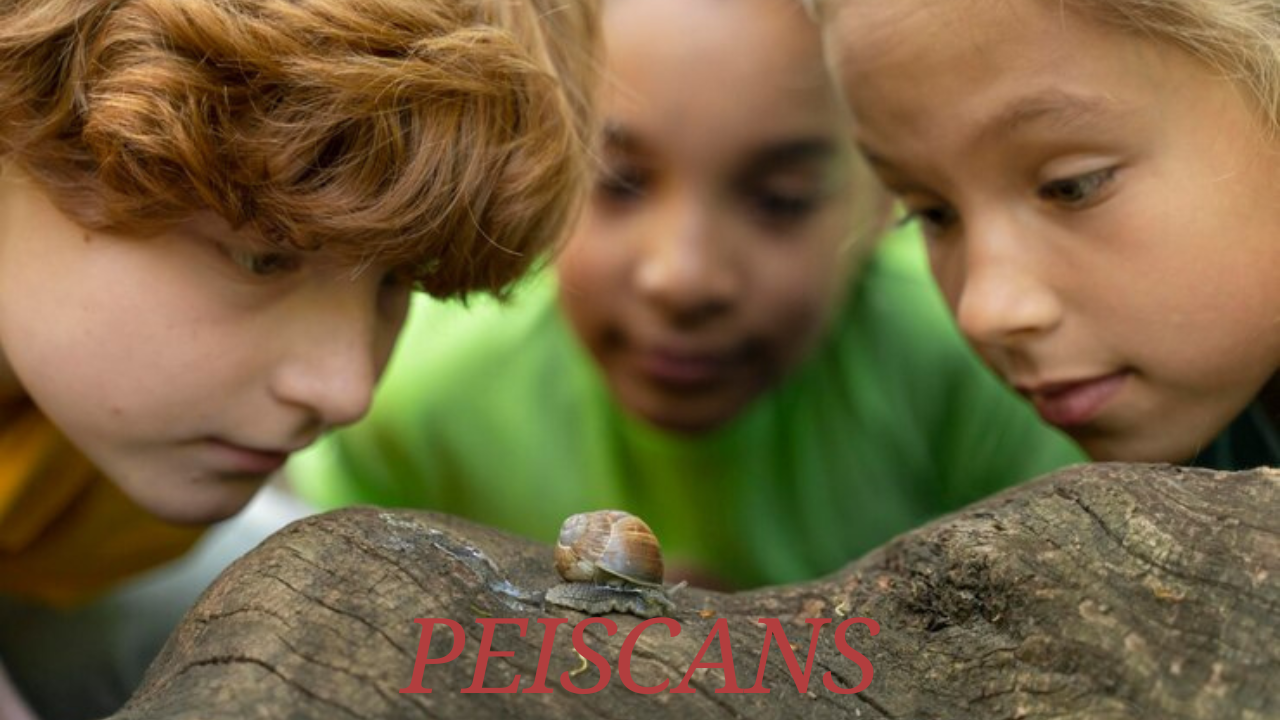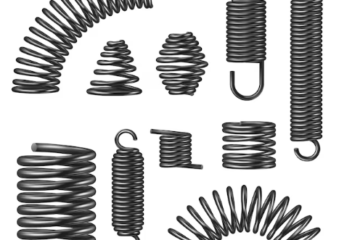Peiscans, a term that refers to a unique group of organisms found in diverse habitats, play a vital role in maintaining ecological balance. In this article, we will explore what peiscans are, their significance, and how they interact with their environment. By the end of this article, you will gain a deeper understanding of pescans and their importance in our world.
Table of Contents
What Are Peiscans?
Peiscans are a diverse category of organisms that inhabit various ecosystems, from aquatic environments to terrestrial landscapes. These organisms exhibit a range of characteristics that make them integral to the food web.
Classification of Peiscans
Peiscans can be classified into several categories based on their habitats, diets, and behaviors. Understanding these classifications helps us appreciate the diversity within the Peiscan community.
Aquatic Peiscans: These are organisms that thrive in water bodies such as rivers, lakes, and oceans. They play crucial roles in aquatic ecosystems, serving as both predators and prey. Examples include various fish species, aquatic invertebrates, and amphibians.
Terrestrial Peiscans: Found on land, these organisms include a variety of mammals, birds, reptiles, and insects. They contribute to soil health, seed dispersal, and pest control, making them essential for agricultural ecosystems.
Aerial Peiscans: Some peiscans are adapted for flight, enabling them to cover vast distances. Birds and certain insects belong to this category, playing roles in pollination, seed dispersal, and maintaining plant diversity.
Fungal Peiscans: A less common but significant category, fungal peiscans play a crucial role in decomposing organic material and recycling nutrients back into the ecosystem.

Characteristics of Peiscans
Peiscans exhibit various characteristics that make them well-suited to their environments. Understanding these traits can enhance our appreciation of their ecological roles.
Adaptability: Many peiscans can adapt to changing environmental conditions. For instance, certain fish can tolerate varying salinity levels, while terrestrial peiscans might develop behavioural changes to cope with seasonal changes.
Reproductive Strategies: Peiscans display a range of reproductive strategies, from laying eggs in water to live births in certain mammals. These strategies ensure the survival of their species in diverse conditions.
Behavioural Traits: Many peiscans have developed specific behaviours to increase their chances of survival. For example, some birds exhibit migratory patterns to find food and suitable breeding grounds, while terrestrial peiscans may form social groups for protection.
The Importance of Peiscans in Ecosystems
Peiscans play multiple roles in ecosystems that benefit both the environment and human beings.
Nutrient Cycling
Peiscans play a vital role in nutrient cycling by decomposing organic material and reintroducing nutrients into the soil or aquatic systems. This process enhances soil fertility and supports plant growth, which is essential for sustaining ecosystems. For example, decomposers like fungi and bacteria, which can be considered a part of the peiscan group, play a critical role in recycling nutrients, ensuring that ecosystems remain productive.
Biodiversity
Peiscans are crucial for maintaining biodiversity within ecosystems. Their interactions with other organisms help stabilise populations and prevent any single species from dominating the ecosystem. This balance is vital for resilience against environmental changes. A healthy peiscan population supports various other species, creating a rich tapestry of life in any given environment.
Food Web Dynamics
In the food web, peiscans occupy various trophic levels, from primary producers to apex predators. Their presence supports a diverse range of species, ensuring that energy flows efficiently through the ecosystem. For instance, aquatic peiscans provide food for larger fish and birds, while terrestrial peiscans serve as prey for mammals and birds of prey.
Pollination and Seed Dispersal
Many peiscans, particularly birds and insects, play vital roles in pollination and seed dispersal. This process is essential for plant reproduction and maintaining plant diversity. For example, bees and butterflies, as aerial peiscans, are known for their role in pollinating flowers, which is critical for fruit production.
Soil Health
Terrestrial peiscans contribute significantly to soil health. Earthworms, insects, and rodents, which are all classified as peiscans, aerate the soil and enhance its structure, leading to improved water retention and nutrient availability.
Threats to Peiscans
Despite their importance, peiscans face numerous threats that jeopardise their survival and the health of ecosystems.
Habitat Destruction
Urbanisation, agriculture, and deforestation lead to habitat destruction, diminishing the environments where peiscans thrive. This loss of habitat significantly affects their populations and disrupts ecological balance. Wetland drainage for agricultural purposes and urban expansion can lead to the extinction of local peiscan species, further disrupting food webs.
Pollution
Pollution from industrial activities, agriculture, and waste disposal contaminates water and soil, affecting the health of peiscans. Toxic substances can accumulate in their bodies, leading to declines in population and health issues. For example, chemical runoff from farms can lead to algal blooms in aquatic ecosystems, which deplete oxygen and harm aquatic peiscans.
Climate Change
Climate change poses a significant threat to peiscans by altering habitats and disrupting their life cycles. Changes in temperature and precipitation patterns affect their breeding, feeding, and migration. For instance, migratory peiscans may find it challenging to locate suitable breeding grounds if climate change disrupts their traditional routes.
Invasive Species
Invasive species can threaten native ppeiscanpopulations by outcompeting them for resources. These invasive species can alter habitats and reduce biodiversity, leading to a decline in native peiscans. For example, the introduction of non-native fish species into a lake can lead to the decline of local fish populations, affecting the entire aquatic ecosystem.
Conservation Efforts for Peiscans
Efforts to conserve peiscans and their habitats are crucial for ensuring the sustainability of ecosystems.
Protected Areas
Establishing protected areas helps safeguard the habitats of peiscans from human activities. These areas provide a refuge for various species, allowing populations to recover and thrive. National parks, wildlife reserves, and marine protected areas are essential for the conservation of peiscans.
Pollution Control
Implementing strict pollution control measures can help mitigate the impact of pollutants on peiscans. Reducing industrial waste and promoting sustainable agricultural practices are essential for maintaining clean environments. Policies aimed at reducing plastic waste in oceans are particularly important for protecting aquatic peiscans.
Climate Action
Addressing climate change through global initiatives is vital for the survival of pescans. By reducing greenhouse gas emissions and promoting renewable energy sources, we can help protect their habitats from climate-related changes. International agreements like the Paris Agreement aim to bring countries together to combat climate change and protect ecosystems, including those inhabited by pescans.
Community Involvement
Engaging local communities in conservation efforts is crucial for the success of peiscan protection initiatives. Community-led conservation programs often yield positive results, as locals have a vested interest in preserving their natural resources. Educational programs can empower communities to take action in protecting their local peiscans and habitats.
How to Support Peiscans
As individuals, we can contribute to the conservation of peiscans and their habitats. Consider the following steps you can take:
Support Conservation Organisations: Donate to or volunteer with organisations dedicated to preserving natural habitats and protecting peiscans. Many organisations work tirelessly to restore habitats and educate the public about the importance of peiscans.
Practice Sustainable Living: Reduce your carbon footprint by conserving energy, recycling, and using eco-friendly products. Your actions can help mitigate climate change and its impacts on peiscans. Simple changes, such as reducing water usage and choosing sustainable products, can make a significant difference.
Advocate for Policies: Support policies and initiatives aimed at protecting the environment and conserving wildlife. Your voice can make a difference in the fight for peiscans and their habitats. Engage with local representatives and participate in community meetings to discuss conservation efforts.
Educate Others: Share your knowledge about peiscans and their importance with friends and family. Creating awareness can motivate individuals to get involved and back conservation efforts. Social media platforms can also be powerful tools for spreading awareness about the importance of peiscans.
Participate in Citizen Science: Get involved in citizen science projects that focus on monitoring localpeiscans populations. Many organisations welcome volunteers to help collect data on species populations and habitats, contributing valuable information for conservation efforts.

FAQs About Peiscans
What are the main types of peiscans?
Peiscans can be broadly classified into three categories: aquatic, terrestrial, and aerial. Each type plays a unique role in its ecosystem, contributing to the overall health and stability of the environment.
How do peiscans contribute to the ecosystem?
Peiscans contribute by cycling nutrients, maintaining biodiversity, and supporting food web dynamics. Their interactions with other organisms are crucial for ecosystem health, ensuring that energy flows efficiently through the food web.
What threats do pescans face?
Peiscans face threats from habitat destruction, pollution, climate change, and invasive species. These factors can significantly impact their populations and the ecosystems they inhabit, leading to declines in biodiversity and ecosystem health.
How can I help protect peiscans?
You can help by supporting conservation organisations, practicing sustainable living, advocating for environmental policies, educating others, and participating in citizen science projects. Every action counts in the fight for peiscans and their habitats.
Conclusion
Peiscans are an integral part of our ecosystems, playing vital roles in nutrient cycling, biodiversity, and food web dynamics. However, they face numerous threats that jeopardise their survival and the health of ecosystems. By understanding their importance and taking action to support conservation efforts, we can help protect peiscans and ensure a sustainable future for our planet.
With your support, we can make a significant impact on the preservation of these essential organisms and the ecosystems they inhabit. Remember, every small action can lead to big changes in the fight for environmental conservation.
For any kind of updates please visit Mywape



